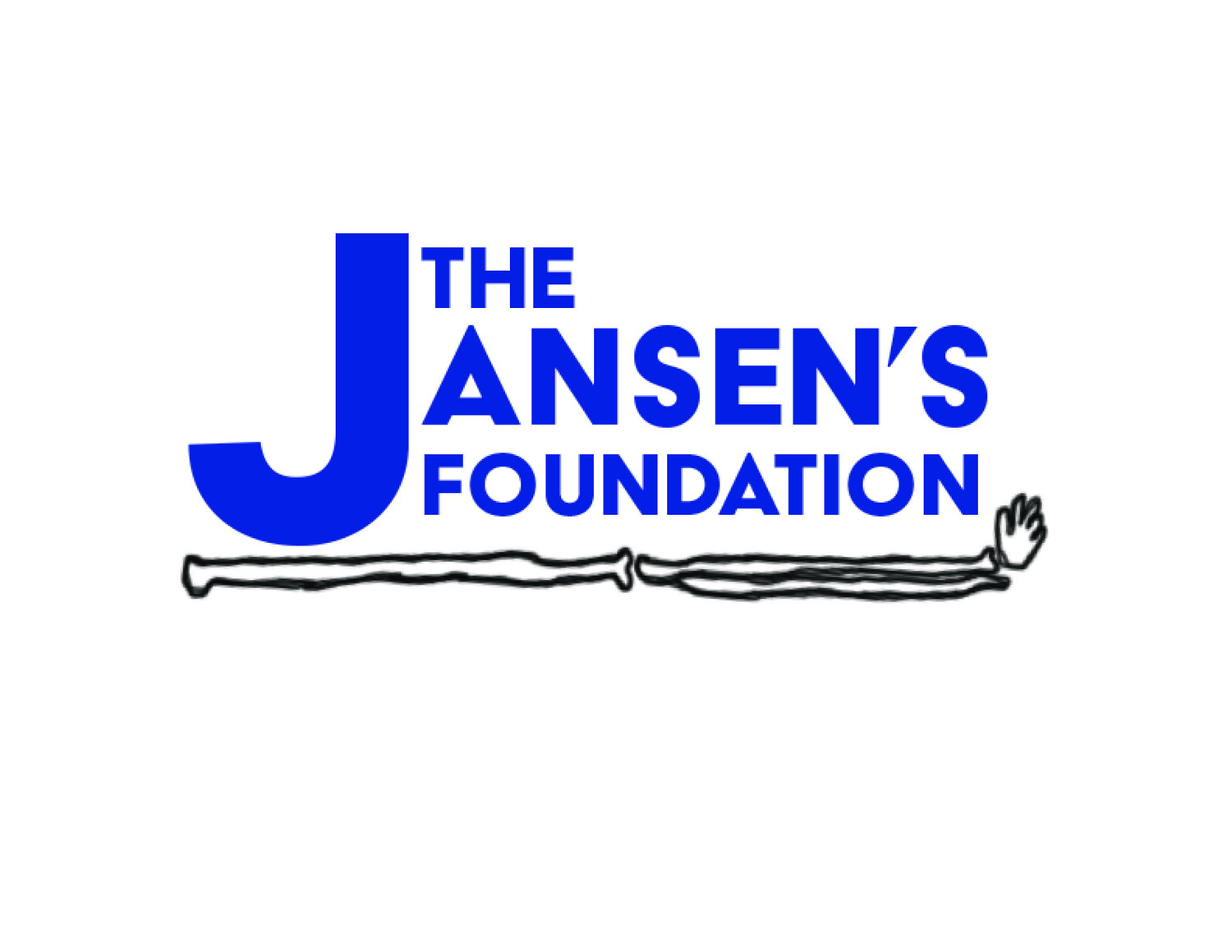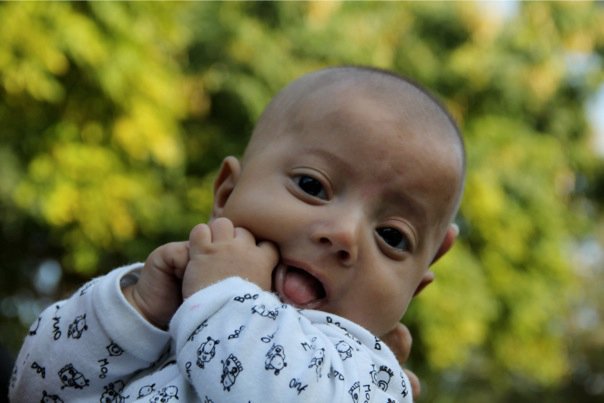Our Story
In 2008, Adam and I were planning to start a family. At the time, we were plagued by uncertainty and fear. Dozens of corrective surgeries from an unknown skeletal dysplasia had left my body weak, and I wondered if parenthood was even a possibility.
We were heart-broken by the grim conclusions we received: you will never have a child; if you do, your legs will break out from under you; the child will not make it to term. I painfully recalled this fear as a strong contender for never wanting to marry. Then, Adam had said, “You have to give love a chance.” Now, too, he was quick to comfort me: “Anything is possible if God wills it.”
True enough, on July 3rd 2008, I delivered a beautiful baby boy. We named our 8lb cherub, Arshaan, Persian for, ‘A Good Man’.
For the next two years, we basked in watching our little one achieve all his milestones. Talking at 9 months, walking at a year. It was clear Arshaan had taken after me with his big expressive eyes, but there was no sign of any disease in his body.
But all that changed when our boy turned two. Almost overnight, we began to see little worries creeping up: widening ankles and wrists, narrowing of the chest. We took him to a doctor who assured us, “it was all in your mind”.
By May 2010, we were preparing to welcome a second baby into our lives. But the fourth month ultrasound revealed “limbs about 6 weeks off”. Suggestions were made to end the pregnancy.
However, we stood firm in our Faith; we were going to love our baby no matter what.
Arshaan was now walking with a distinct waddle. There was marked swelling in his knees, and his once long pointy fingers now looked choppy and weak.
I started digging up my old medical records to see if there was something that could lead us in the right direction. However, the deeper I went, the more I was convinced we were dealing with something so confounding and mysterious it would take a true miracle to find the truth.
Every ultrasound of our new guy filled us with worry. I knew if we remained in Dubai, I would lose my mind. I decided to quit my job as a high school teacher and travel back home to India. The next seven months were a blur.
On October 14th 2010, I gave birth to Jahan, Persian for “Savior”.
Amidst the quiet celebration, we hustled. We raced to find answers. In sheer blindness, we groped at endless hours with experts the world over. The reply was always the same: “We don’t know what’s going on with your boys.”
After endless dead ends, I was ready to give up. But we made one last attempt.
After travelling 7 hours by car and sitting in a hot and humid waiting room for nearly 5 hours, we walked into the consulting room of Dr. Sheela Nampoothiri, a pediatric geneticist from Amrita Institute of Medical Sciences in Kochi, South India.
Dr. Nampoothiri took one look at our x-rays and very calmly said: “I think I know what you have!”
The news was like bright rays of sun searing my eyes, exploding storms.
Dr. Nampoothiri had specialized in orthopedics in Germany, where her professor had shown her a slide of a patient with Jansen’s Metaphyseal Chondrodysplasia. The professor had skipped quickly past the slide saying: ‘this is so rare… you will never come across a case in your lifetime.”
But she did come across it. She was looking at not one case, but three! From the streaky nature of Jahan's xrays, she knew instantly that I and my boys had Jansen’s Metaphyseal Chondrodysplasia, an extremely rare progressive skeletal condition that affects only 30 cases worldwide.
After 32 years of living with a misdiagnosis of "rickets", "vitamin D deficiency " and an overwhelming "I don't knows" , we were able to name the enemy!
That November night, I googled the words “Jansen’s” and found Little Levi, a 4 year old boy in Mississippi, who was also diagnosed with Jansen’s. The chance discovery began a beautiful friendship between three young boys on a miraculous journey.
Armed with this new knowledge of a confirmed genetic diagnosis , we decided to return to America and seek treatment and a better quality of life for our boys.
In March of 2015, we met with the brilliant orthopedic surgeon, Dr. Mackenzie of Nemours/Alfred I. duPont Hospital for Children, Delaware. By then, the boys’ legs were so bent up, surgery was inevitable.
In July, both boys underwent bilateral osteotomies and corrective surgeries to fix their lower legs. The results were unbelievable.
Ring Fixators for Arshaan, 2015
But the results were short lived and as new bone formed, the bends were back with a vengence. The surgeries were only temporary solutions to the symptoms of this relentless condition. We needed to find a cure.
Investigating everything available on the Jansen’s led us to Dr. Harald Jueppner, a pediatric nephrologist at Massachusetts General Hospital.
Dr. Jueppner had been researching Jansen’s for 20 years, but never met a patient with the condition.
In February of 2016, at the Rare Disease Conference at Capitol Hill, he met me.
A month later, he met the boys, Arshaan and Jahan.
The meeting was monumental for both doctor and patient. We were excited to learn of all the wonderful work Dr. Jueppner and his team had been doing, and were totally taken aback to learn about the Jansen’s mice he had in his Boston lab!
Now we could directly help with his research by providing valuable data via blood tests and lab work, and in November, we travelled to UCLA to give sample bone and cells in order to better understand the condition.
Living with an extremely rare condition can mean never fully sleeping at night. There is a constant anguish deep within.
Simply getting to a diagnosis of a rare disease can be a complicated, lengthy, and frustrating journey for people because many health care providers may have limited experience with the identification and diagnosis of rare diseases. Also, diagnosis before symptom onset or diagnosis early in the disease can be challenging.
However, a time of progress and hope is upon us. Biopharmaceutical researchers have leveraged new technologies and the growing scientific understanding of many rare diseases to develop groundbreaking therapies over the last 10 years. In the last decade, more than 230 new orphan drugs were approved by the U.S. Food and Drug Administration (FDA). In 2015 alone, nearly half (47 percent) of novel new drug approvals were for rare diseases.
We are on an incredible journey to find our miracle cure that will not only help our boys, but bring hope to many others with rare skeletal diseases.
We believe in miracles.
- Neena Nizar (The Adam Boys’ Mom)

